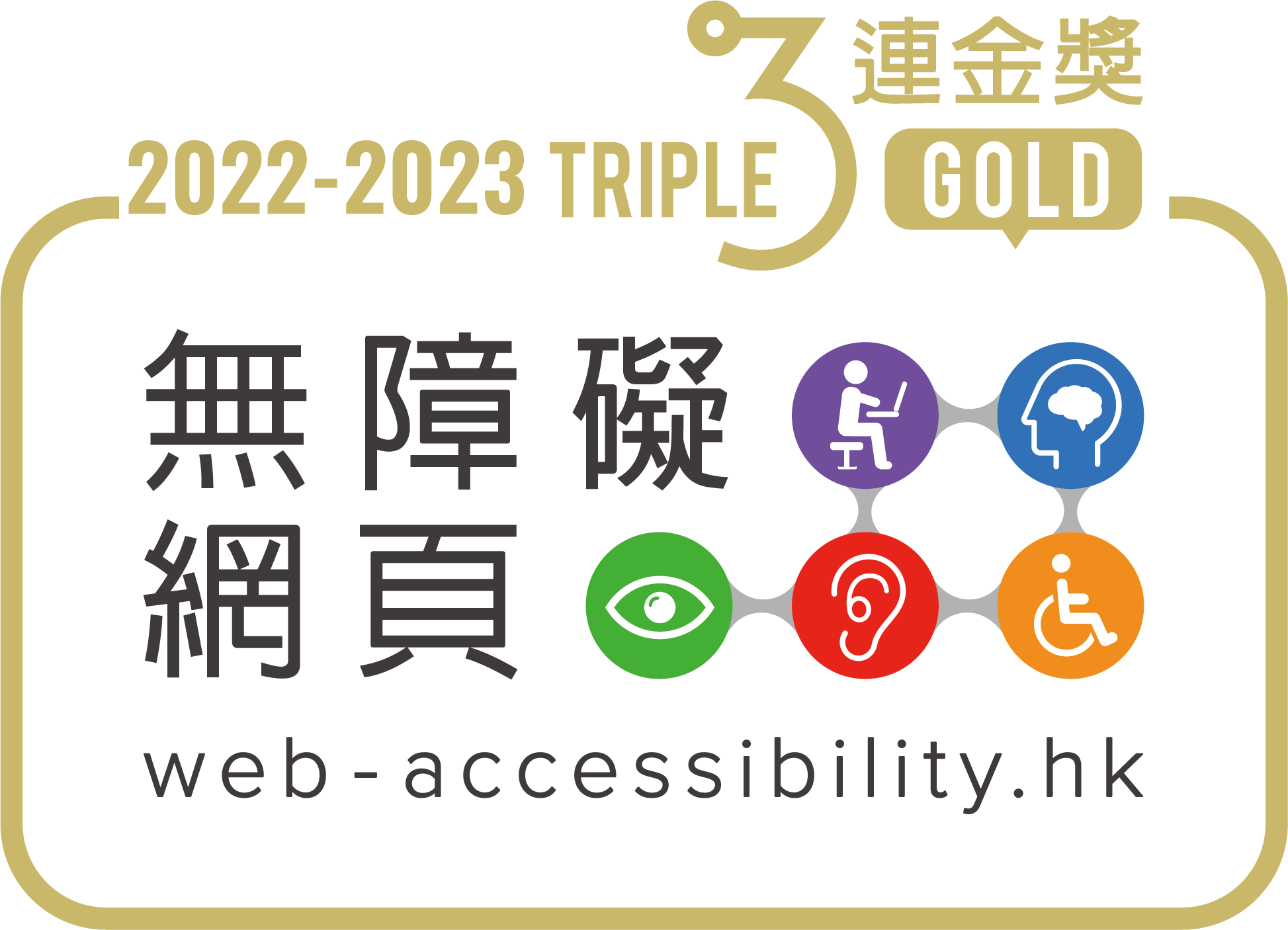Speech and language impairment (SLI) refers to any one or combination of the following conditions that may lead to communication difficulties:
• Articulation disorder – characterized by substitutions, omissions or distortions of speech sounds
• Fluency disorder – characterized by atypical rate, rhythm, and repetition of sounds
• Voice disorder – characterized by differing production and/or absences of vocal quality, pitch, loudness, resonance, and/or duration that is inappropriate for an individual’s age and/or gender
• Language disorder – characterized by impaired comprehension and/or use of spoken, written and/or other symbol systems
General Difficulties Encountered by Students with SLI
- Difficulties in communicating effectively with others which may affect one’s self-esteem and development of social relationships
- Difficulties in understanding and/or giving oral presentations
- Struggles in following rapid verbal exchanges which may limit one’s participation in classes
- Lack confidence in speaking in front of public or a large group of people
Useful Tips for Supporting Students with SLI
• Communication:
1. Check with the student to confirm the preferred mode of communication and required learning aids, if any (e.g. face-to-face, email, sign interpretation, etc.)
2. Focus on the message the student is trying to communicate rather than grammar and pronunciations
3. Restate the student’s message to verify your understanding if necessary
4. Make use of visual/non-verbal cues and gestures if needed
5. Allow sufficient time for the student to process and respond to information you have provided
• Inclusive Teaching:
1. Encourage the student to find a seat where he/she will have an unobstructed line of vision
2. Make use of assistive listening/real-time captioning devices as provided by the student
3. Enable real-time captioning for online classes
4. Provide lecture materials prior to class to facilitate students’ preparation for class
5. Permit audio/video recordings of lectures to facilitate students’ revision/ learning after class
6. Adjust lighting in the teaching environment, especially for students who depend on lip-reading and/or sign interpretation service
7. Discuss special learning and/or exam arrangements privately with students concerned
8. Acknowledge and show respect for diversity in learning needs
• Assignment & Assessment:
1. Consider alternatives to those assignments and/or examinations that are based on oral presentations
2. Consider extra time in quizzes/tests/exams if necessary
3. Arrange a separate venue for quizzes/tests/exams to minimize distractions and noise
4. Provide written instructions during exams
References




